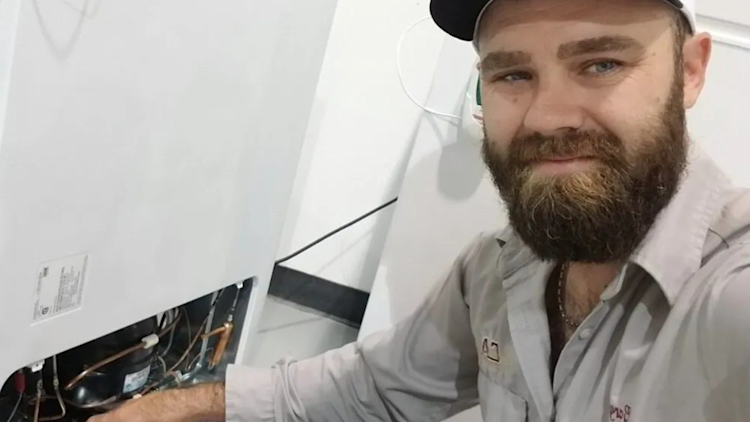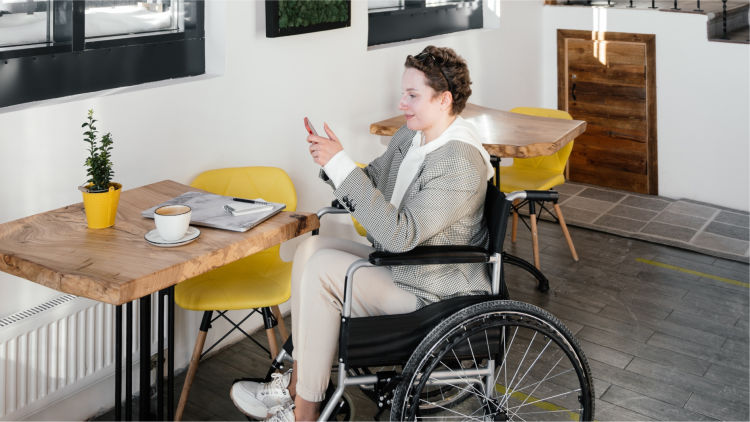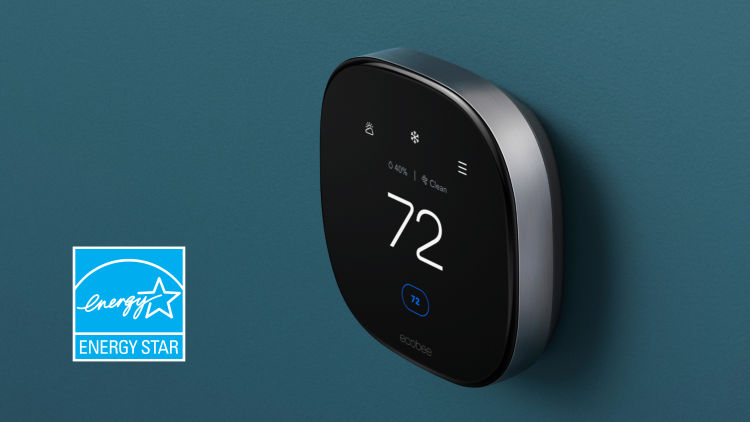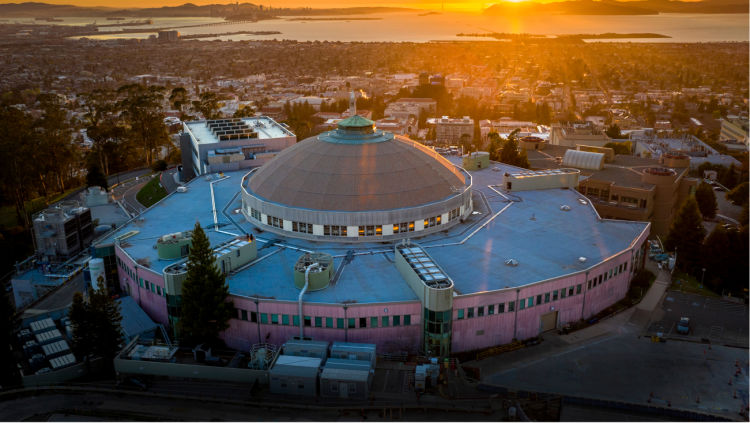The Story of the ecobee Squircle: A Q&A with Jonathan Hayes
by ecobee on 08/13/2020 in Experts
5 min read
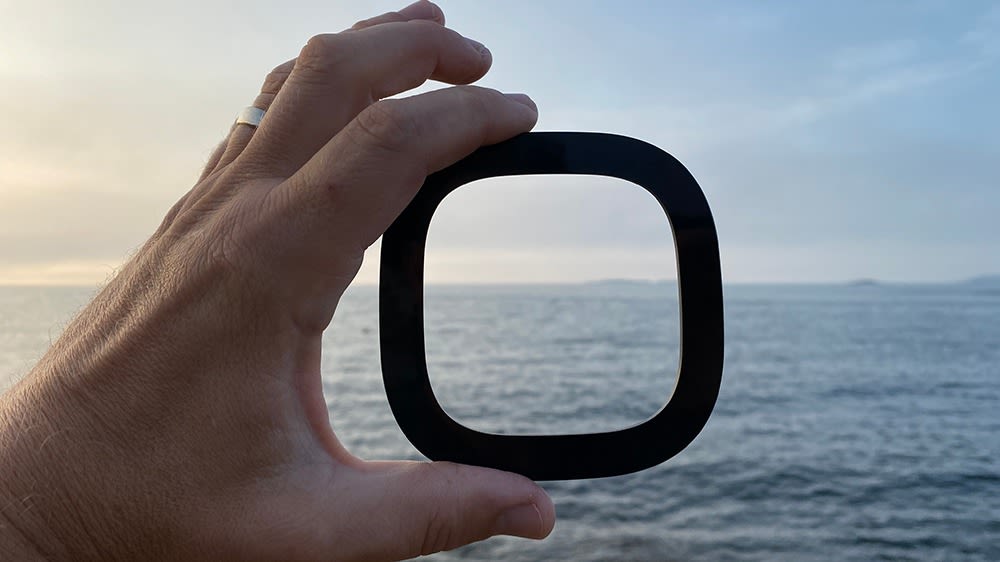
We sat down with ecobee’s Senior Director of Industrial Design, Jonathan Hayes, to discover the history of the unique shape, how it inspired ecobee’s recent rebrand, and what this all has to do with Viking ships.
When it came to rebranding ecobee, we knew the best place to start was with an exploration inward of who ecobee has always been. The idea was to focus on our best elements and bring them to a new audience.
In this reflection, we reconnected with one of the core elements of our brand, the squircle. This is the circle and square hybrid shape of our most recent generations of smart thermostats. We decided to take this unique, ownable, and adaptable shape and use it as a source of inspiration.
To better understand this wondrous form and its history, we tapped Jonathan Hayes, ecobee’s Senior Director of Industrial Design. As someone who everyone at ecobee looks to for his expertise on details and design, there was no better person to speak to about our signature shape and its importance in product design.
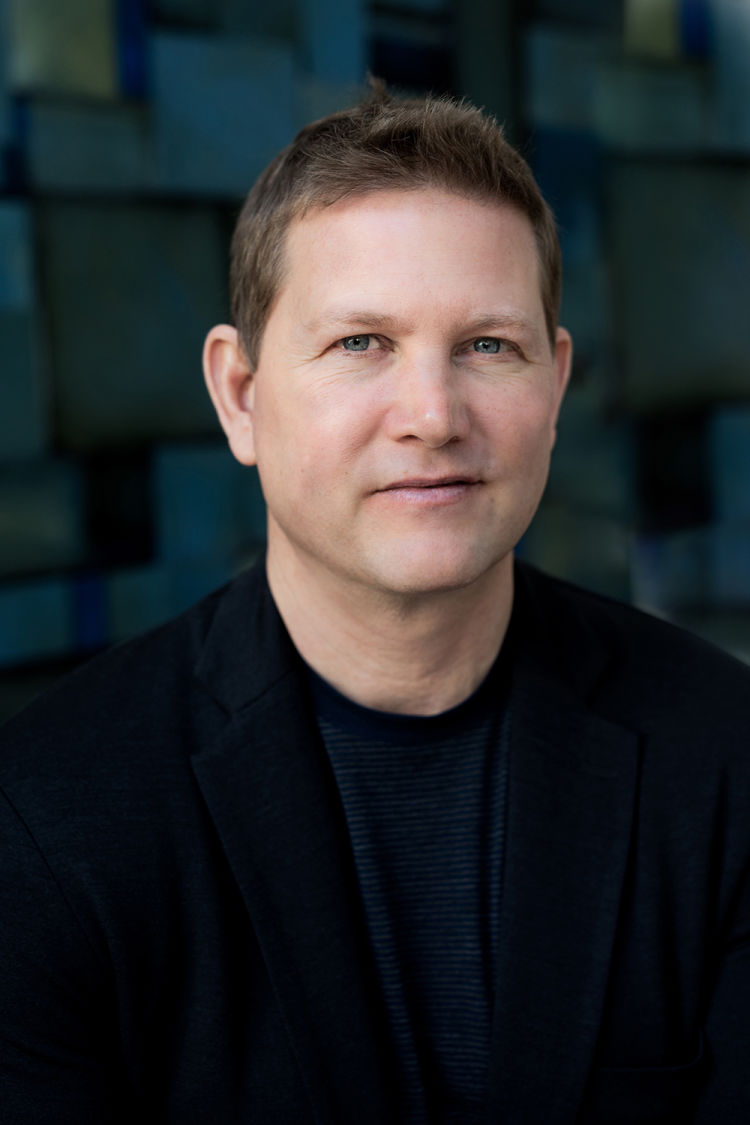
So what exactly is a squircle?
In simple terms, the squircle shape is a hybrid between a square and a circle. But it’s harder than you think to blend those shapes smoothly. To build a graceful squircle, the corners need to be curvature continuous, which means the sides must meet the corners with perfect fluidity, so you can’t exactly tell where the sides end and the corners begin. If you can see even the slightest disconnect in that transition, the shape will not work.
To build a graceful squircle, the corners need to be curvature continuous, which means the sides must meet the corners with perfect fluidity.
Why has ecobee gravitated towards the squircle?
Circles have been the go-to for thermostats for many decades, but to the founders of ecobee, the shape felt limiting. While circles do occur in nature, they are more often imposed on nature by humans.
Starting with the first generation of ecobee3 in 2014, we embraced the squircle as the most elegant blend of form and function for the home.
Squares and rectangles are more typical for a touchscreen, yet they tend to feel less approachable and comfortable. Starting with the first generation of ecobee3 in 2014, we embraced the squircle as the most elegant blend of form and function for the home. Our squircle has evolved over time and will continue to evolve as we find new ways to solve customer problems.

What does the squircle mean to ecobee?
We are inspired by the nuanced organic shapes of Scandinavian design, mainly via Denmark, which itself comes from a long Norse tradition of crafting useful objects for an unforgiving environment. Vikings had a fine sense of form and proportion in their boatbuilding, but their hulls’ shapes were always fundamentally driven by speed and human factors. Those human factors would have been stability in rough seas and the ability to use the boat for shelter in a storm. This had to be balanced against hydrodynamics or hull speed.
The same balance applies to our design process. At ecobee, we start every development by building a deep understanding of the customer and their specific environments, and then we let the optimal shape evolve in response to those conditions. Like the Vikings, we are dedicated explorers who try different solutions and different shapes, covering as much ground as we can.
Like the Vikings, we are dedicated explorers who try different solutions and different shapes, covering as much ground as we can.
The next key to our process is distilling the best solution to its most elemental form, leaving only what is truly needed. This process takes both time and collaboration. Once we collectively land on a product shape, there is lots of discussion about whether different features and elements are really needed.
How has the shape been adapted over time?
As we expand into more areas, we have added other shapes to our design language because the squircle cannot solve every problem. One example is our new SmartSensor that installs along doorways or window edges. This product needed straight lines, so we used a racetrack shape and anchored it with a circular lens for occupancy detection. You will see this same shape combination of the racetrack with a circle inside with our SmartCamera with voice control which integrates the lens and speaker. The combination would fit very nicely inside a stretched squircle.
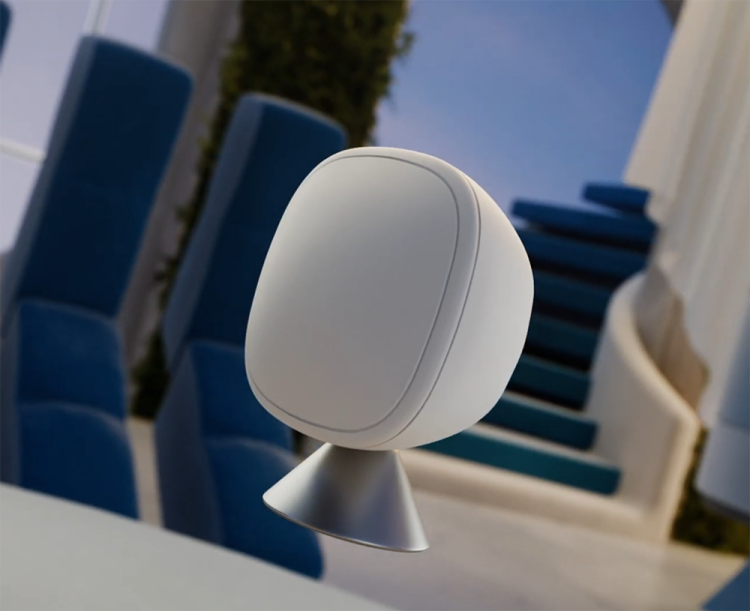
If you look across our product family, you’ll see a relationship between shapes, colors, and finishes. Whichever ecobee products you bring into your space, they are designed to live in harmony with the shapes and colors that make up your home décor.
How does the squircle represent the ecobee brand?
It has come to represent our product, and we have formalized this by “squirclizing” the letterforms of our new logo and typeface. The shape is inherently flexible, and it can be pulled or stretched as we did for our SmartCamera. We have essentially doubled down on the squircle in our rebrand. It can also be found in all of our marketing productions, either in the products or subtly integrated into the sets.
Learn more about ecobee’s rebrand and how the squircle was a source of inspiration here.
Did you enjoy this article?
Thanks for letting us know!

